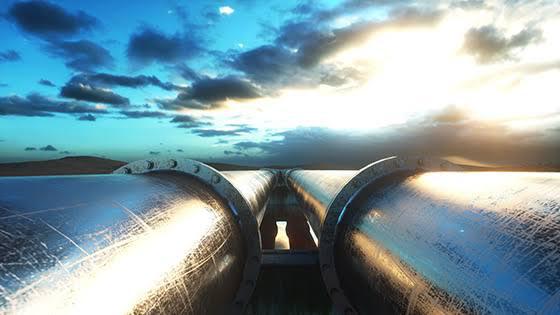Last year, rebounding economies and extreme weather contributed to a 6% increase in worldwide energy consumption, the greatest percentage increase since the 2010 recovery from the 2008-2009 financial crisis, according to the International Energy Agency’s Electricity Market Report released last Friday.
As the world recovered from the 2020 lockdowns, rising power demand put a huge strain on coal and natural gas supply lines, driving up wholesale electricity costs. Despite sustained growth in renewable energy, coal and gas-fired power generation hit new highs in 2021, leading to a new all-time high in annual global CO2 emissions from the electrical industry.
Despite all of the net-zero pledges and calls for additional renewable energy, coal accounted for more than half of the rise in worldwide electricity demand, with coal-fired electricity generation reaching an all-time high. Coal power generation increased by 9%, the most since 2011, owing to strong demand and coal’s cost competitiveness in some markets when compared to gas.
Despite difficult weather circumstances, renewable energy generation climbed by 6% globally in 2021, notably for hydropower. The electricity sector’s overall CO2 emissions increased by nearly 7% to a new high.
Commenting in the report, the Executive Director of IEA, Faith Birol said: “Sharp spikes in electricity prices in recent times have been causing hardship for many households and businesses around the world and risk becoming a driver of social and political tensions.”
Birol called for increased investment in low-carbon energy technologies like renewables, energy efficiency, nuclear power, and an expansion of robust and smart electricity grids to address record prices and emission levels. “Policy makers should be taking action now to soften the impacts on the most vulnerable and to address the underlying causes”, Birol said.


